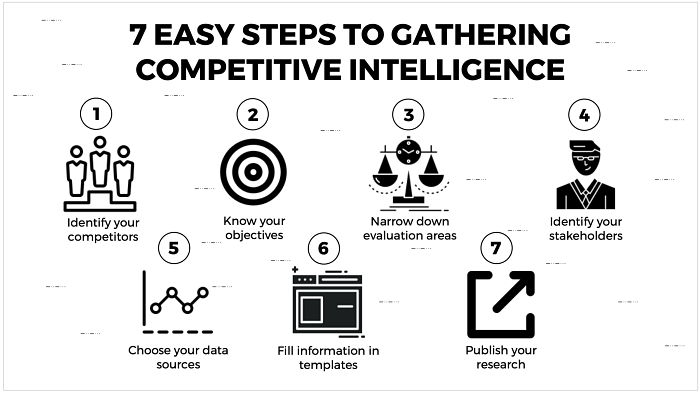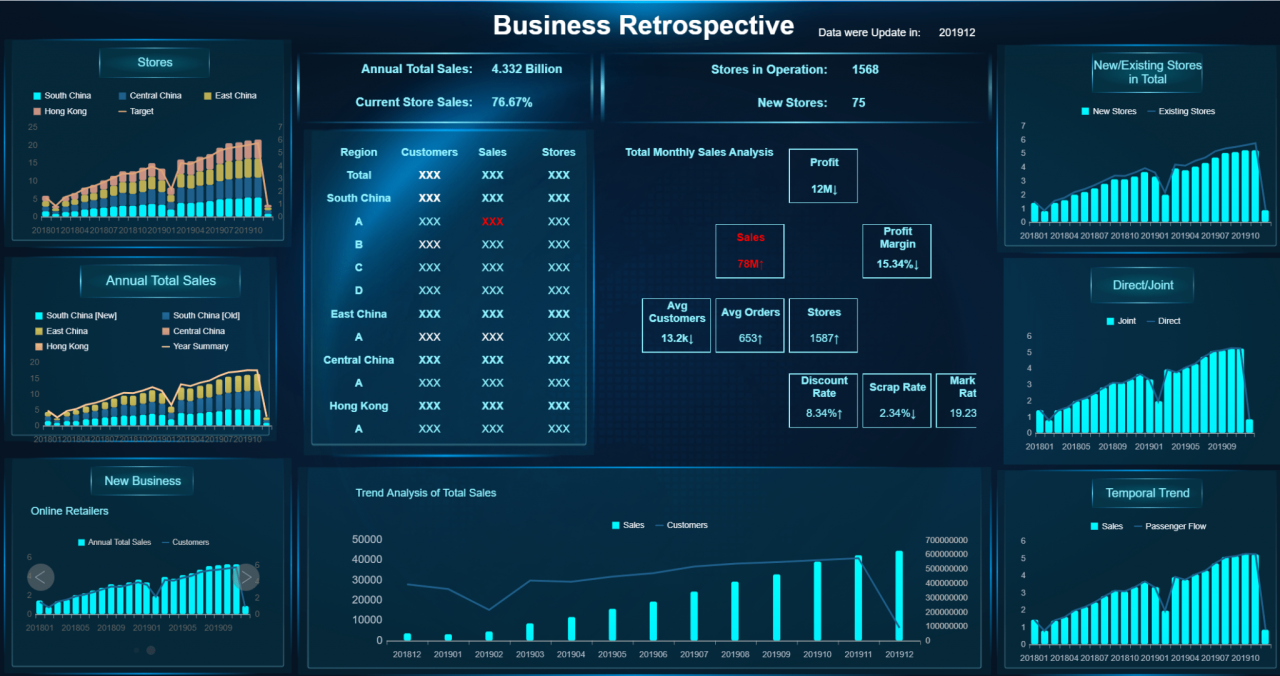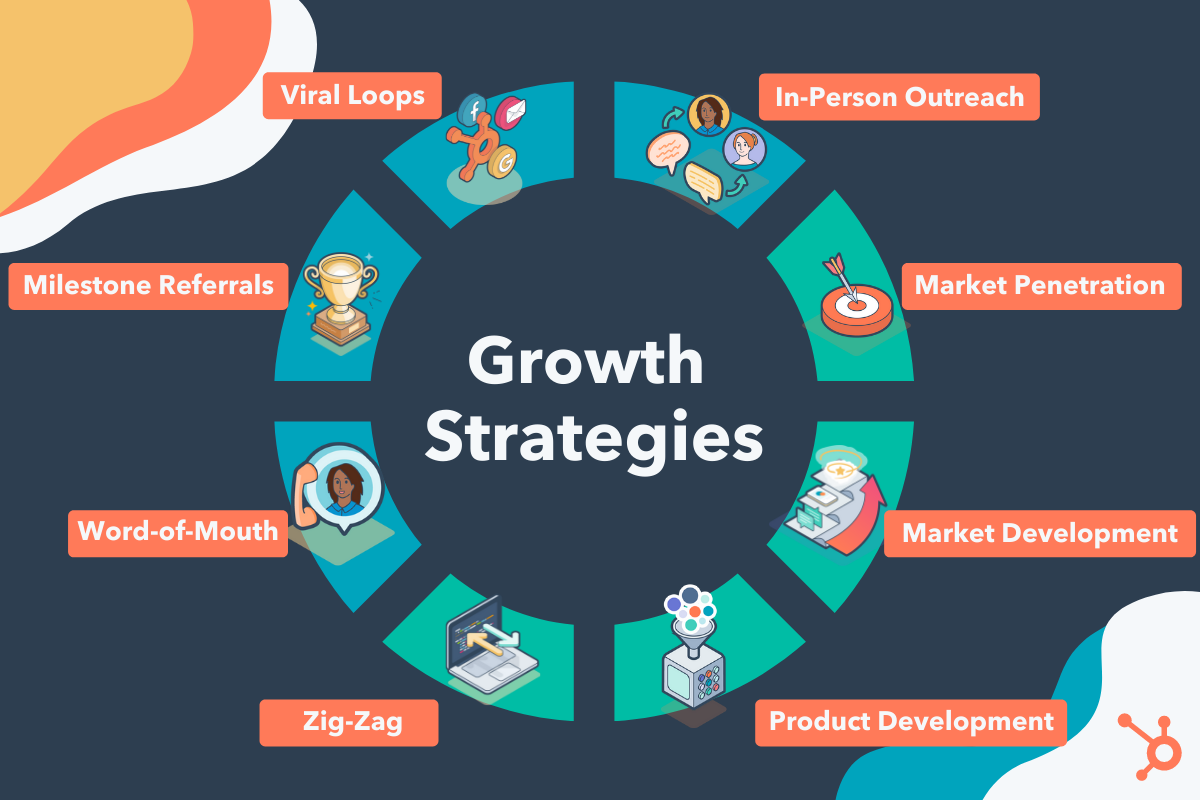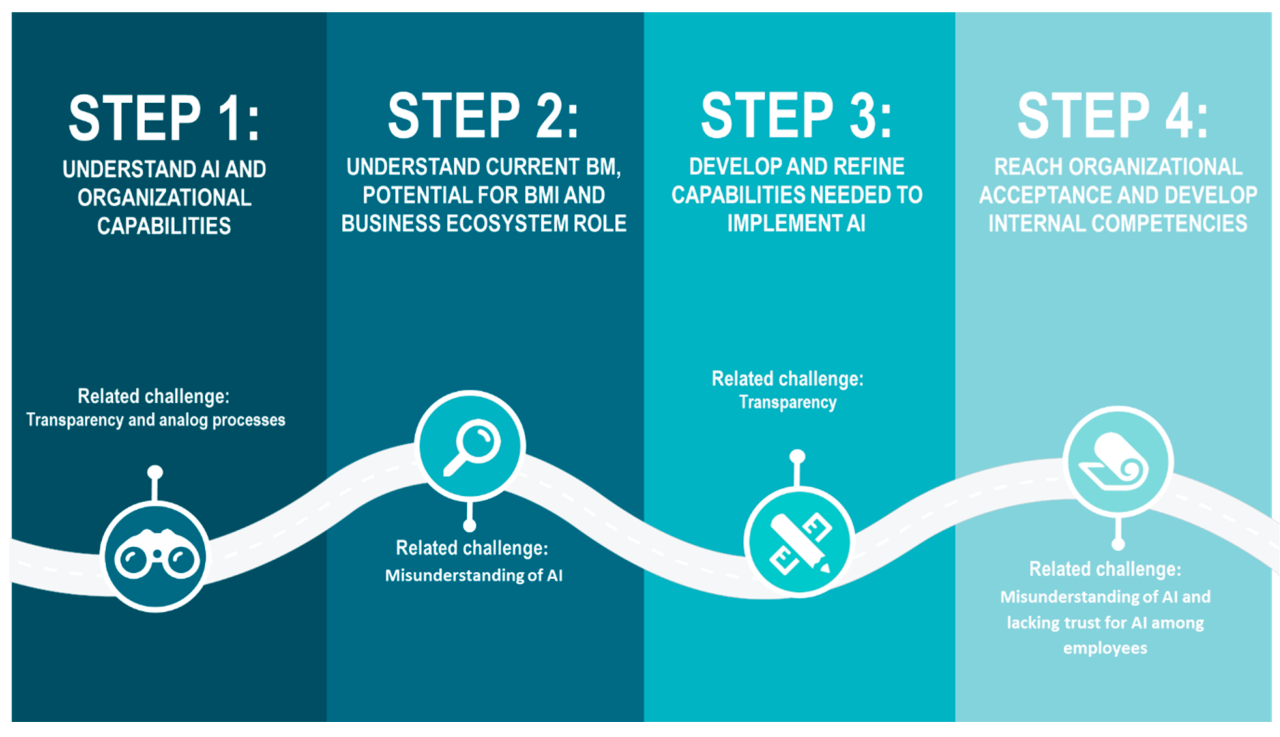Successful Competitive Intelligence Strategies
Successful competitive intelligence strategies are the cornerstone of thriving in today’s cutthroat business landscape. By delving into the minds of competitors and leveraging valuable insights, organizations can outmaneuver rivals, seize market share, and achieve unparalleled success.
Through the systematic collection, analysis, and implementation of competitive intelligence, businesses can gain a decisive edge, anticipating market trends, identifying emerging threats, and developing strategies that drive innovation and growth.
Competitive Intelligence Overview

Competitive intelligence (CI) is the systematic collection and analysis of information about competitors, customers, and the competitive landscape. It is a critical tool for businesses of all sizes, as it can help them to identify opportunities, avoid threats, and make better decisions.
In today’s rapidly changing business environment, CI is more important than ever. Businesses that are able to effectively gather and analyze competitive intelligence will be better positioned to succeed.
There are many examples of successful CI initiatives. For example, Procter & Gamble used CI to identify a new market for its Pampers diapers. The company discovered that there was a growing demand for diapers for adult incontinence. As a result, Procter & Gamble launched a new line of diapers specifically designed for adults, which has been very successful.
Identifying and Prioritizing Targets
Identifying and prioritizing targets is crucial for successful competitive intelligence. By understanding the competitive landscape and focusing on the most relevant and impactful targets, organizations can optimize their intelligence-gathering efforts and gain a competitive edge.
To identify key industry competitors and potential disruptors, it is important to conduct thorough market research, industry analysis, and competitor profiling. This involves gathering data on market share, financial performance, product offerings, marketing strategies, and other relevant metrics.
Developing a Prioritization System
Once key targets have been identified, it is essential to develop a system for prioritizing them based on their relevance and impact. This system should consider factors such as:
- Market share and competitive positioning
- Threat level and potential for disruption
- Alignment with organizational goals and objectives
- Availability of intelligence and ease of collection
Monitoring Competitors’ Activities
Continuously monitoring competitors’ activities is crucial for staying informed about their strategies and performance. This involves tracking their product launches, marketing campaigns, financial results, and any other relevant developments.
By identifying and prioritizing targets, developing a prioritization system, and monitoring competitors’ activities, organizations can ensure that their competitive intelligence efforts are focused on the most relevant and impactful targets, maximizing the value of their intelligence-gathering efforts.
Data Collection and Analysis: Successful Competitive Intelligence Strategies
Unveiling competitive intelligence requires the meticulous collection and analysis of data. This process involves identifying reliable sources, employing ethical data gathering techniques, and harnessing robust analytical methods to extract valuable insights that empower strategic decision-making.
To ensure the integrity and accuracy of data, it is imperative to adhere to ethical and legal guidelines. This includes respecting intellectual property rights, maintaining confidentiality, and avoiding any deceptive or manipulative practices.
Identifying Sources of Competitive Intelligence Data
Competitive intelligence data can be sourced from a diverse range of channels, including:
- Company websites and social media platforms: Offer insights into company strategy, products, services, and customer feedback.
- Industry publications and reports: Provide valuable market research, industry trends, and competitive analysis.
- Trade shows and conferences: Facilitate direct engagement with industry experts, competitors, and potential partners.
- Online databases and search engines: Allow for targeted searches of specific information, such as patent filings or financial data.
- Social listening tools: Monitor online conversations and social media trends to gauge public sentiment and identify emerging issues.
Data Analysis Techniques
Extracting meaningful insights from raw data requires the application of rigorous analytical techniques, such as:
- Quantitative analysis: Involves statistical methods to identify patterns, trends, and correlations in numerical data.
- Qualitative analysis: Focuses on interpreting and understanding non-numerical data, such as customer feedback or industry reports.
- Benchmarking: Compares performance against industry peers or competitors to identify areas of strength and improvement.
- Scenario planning: Develops multiple hypothetical scenarios to anticipate future outcomes and assess potential risks and opportunities.
Developing and Implementing Strategies
Effective competitive intelligence strategies are incomplete without the proper development and implementation of well-defined plans. This stage involves translating insights gained from data analysis into actionable strategies and executing them effectively.
By designing strategies that directly address specific competitive challenges, organizations can proactively respond to market dynamics and gain a competitive edge. Actionable plans, grounded in comprehensive CI findings, provide a clear roadmap for implementation, ensuring that strategies are executed with precision.
Creating Actionable Plans
Actionable plans serve as the backbone of successful CI strategies. They Artikel specific actions, timelines, and responsibilities, ensuring that strategies are translated into tangible results. These plans should:
- Be aligned with the overall business objectives and competitive challenges identified.
- Define clear and measurable goals, with specific performance indicators to track progress.
- Artikel detailed action steps, assigning responsibilities and timelines to each task.
- Include contingency plans to address potential risks or unexpected changes in the competitive landscape.
Implementing Strategies
Once actionable plans are in place, effective implementation is crucial for realizing the full potential of CI strategies. This involves:
- Communicating strategies clearly to all relevant stakeholders, ensuring buy-in and support.
- Providing necessary resources, including budget, personnel, and technology, to facilitate successful implementation.
- Establishing a monitoring and evaluation framework to track progress, identify areas for improvement, and adjust strategies as needed.
Monitoring Effectiveness
Regular monitoring and evaluation are essential for ensuring that CI strategies remain effective and aligned with changing market conditions. This involves:
- Tracking key performance indicators to assess the impact of strategies on business outcomes.
- Conducting regular reviews to identify areas for improvement and make necessary adjustments.
- Seeking feedback from stakeholders to gather insights and perspectives on the effectiveness of strategies.
Ethical Considerations and Best Practices

In the realm of competitive intelligence, ethical conduct is paramount. Striking a balance between gathering valuable insights and adhering to ethical principles ensures that CI practices align with legal frameworks and industry regulations. By embracing best practices, organizations can maintain integrity and foster trust while leveraging CI for strategic advantage.
Observing industry regulations and legal frameworks is crucial. Laws governing data privacy, intellectual property, and fair competition vary across jurisdictions. Understanding and adhering to these regulations is essential to avoid legal pitfalls and maintain ethical standards.
Respecting Intellectual Property Rights
- Respecting intellectual property rights is fundamental. Unauthorized use of copyrighted materials, trademarks, or patents can result in legal consequences.
- Obtaining proper licenses and permissions is essential when using third-party content or data.
- Citing sources and attributing information to its rightful owners ensures transparency and avoids plagiarism.
Maintaining Confidentiality and Data Privacy, Successful competitive intelligence strategies
- Preserving the confidentiality of sensitive information is vital. Breaching confidentiality can damage relationships and undermine trust.
- Ensuring data privacy compliance is crucial. Implementing robust data protection measures safeguards personal information and avoids legal risks.
- Anonymizing data and respecting privacy regulations protects individuals’ rights.
Avoiding Deception and Misrepresentation
- Conducting CI with integrity means avoiding deceptive tactics or misrepresenting information.
- Maintaining objectivity and presenting findings accurately is essential for ethical CI practices.
li>Fabricating or distorting data undermines the credibility of CI and damages relationships.
Promoting Transparency and Disclosure
- Transparency fosters trust and reduces the risk of misunderstandings.
- Disclosing CI activities and methods to relevant stakeholders ensures accountability and prevents misunderstandings.
- Ethical CI practices enhance the reputation and credibility of organizations.
Frequently Asked Questions
What is the primary objective of competitive intelligence?
The primary objective of competitive intelligence is to provide businesses with a comprehensive understanding of their competitors’ strategies, capabilities, and market positioning, enabling them to make informed decisions and gain a competitive edge.
How can businesses ethically collect competitive intelligence?
Businesses can ethically collect competitive intelligence through publicly available sources such as company websites, industry reports, and social media platforms. They can also conduct surveys and interviews with customers and industry experts.
What are the benefits of implementing successful competitive intelligence strategies?
Implementing successful competitive intelligence strategies can provide businesses with numerous benefits, including identifying potential threats and opportunities, developing effective marketing campaigns, and making informed decisions about product development and pricing.







